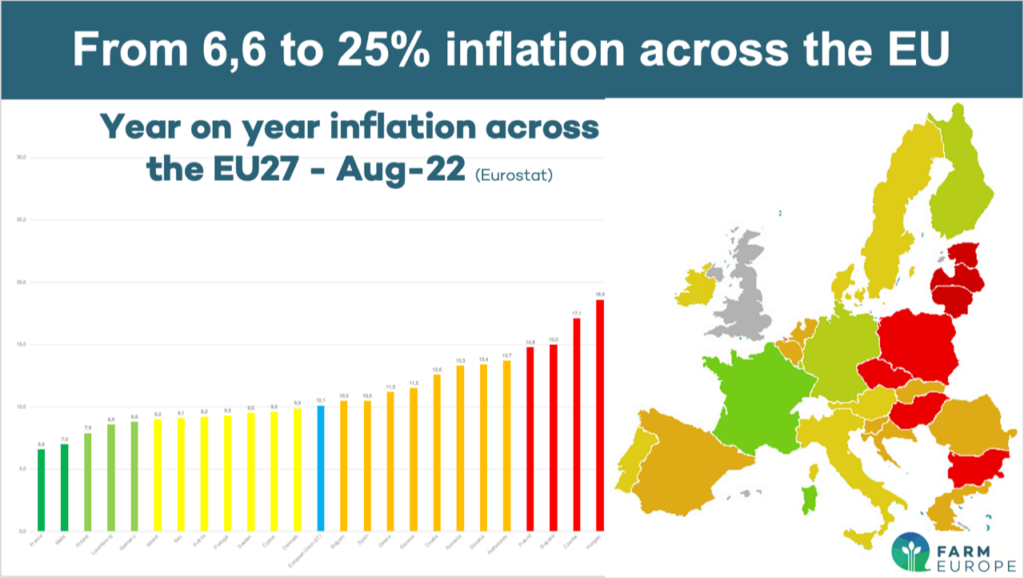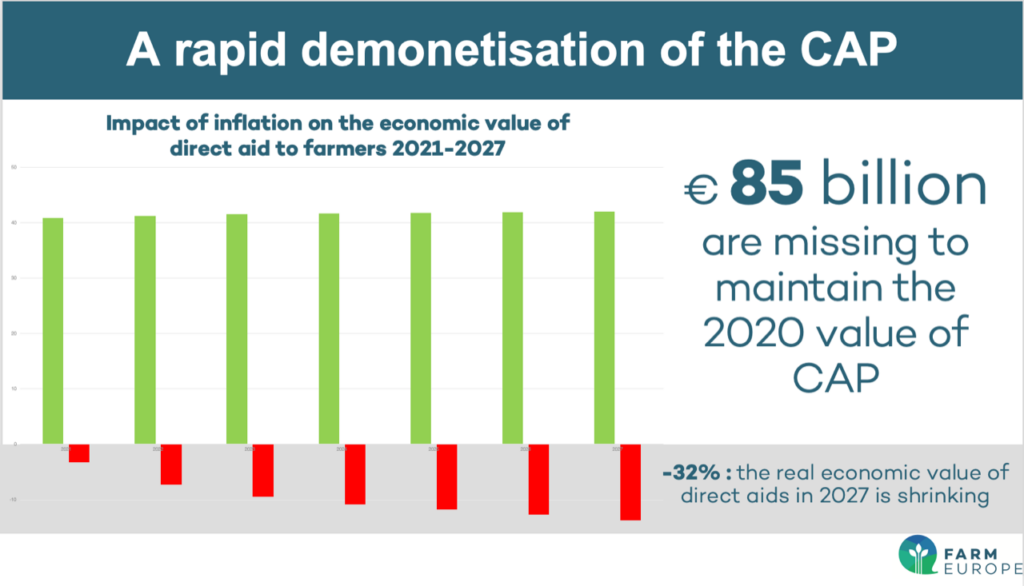In July last year, the European Commission presented a revision proposal for Regulation (EU) 2019/631, setting new CO2 emission performance standards for light-duty vehicles. The proposal aims to reduce CO2 emissions from cars and vans and raise European citizens’ well-being by improving air quality, increasing energy savings, and lowering the cost of vehicle ownership.
While the general climate ambition is indeed the right way forward, the proposal fails to recognise the potential of biomasses. In the context of the current energy and climate crises, if the objective is genuinely one of reducing our energy dependency rather than merely shifting it, it would be even more imperative to use all the renewable resources at our disposal without an ideological bias.
To contribute to European energy independence and climate goals the future CO2 emissions legislation must be technology-neutral, encompassing all engine technologies. Electrical, hybrid, e-fuels and internal combustion engines (ICE) should all be considered in the new regulatory framework, provided they will reach carbon neutrality by 2035. The legislation must account for the entire carbon cycle of our mobility rather than focusing on a narrow-minded full-electric mobility approach.
Having a diversified energy mix becomes even more urgent now that electricity consumption for all usages is booming. While electric vehicles will of course play an important role, some types of mobility will require alternatives in the long run. In this context, biomass is a complementary lever for mobility decarbonisation like we already see today via conventional and advanced biofuels with tangible achievements at an affordable cost.
Looking at the bioenergy sector’s performance in terms of emission savings it is easy to figure out why. In 2020, bioethanol reduced GHG emissions by more than 75% compared to fossil fuels, with the most advanced producers reaching the 90% range. Similar examples in the biogas and biodiesel industry could be mentioned as well. These are not static percentages: they have been increasing each year for the last nine years, making it thus realistic to assume that by 2035 biofuels could reach at least the carbon-neutral — if not carbon-negative — status, as the progress to make is lesser than the progress achieved in the last decade, that took place without significant recourse to new technologies.
New technologies, like precision farming and New Genomic Techniques (NGTs), will help optimise production cycles at the agricultural level by reducing emissions and increasing carbon stock in soils. The adoption of these new technologies will be a cornerstone of the strategy to reach European’s ambition to make the agricultural sector carbon-neutral by 2035 and open the way to attain a carbon-negative status in the following decades. In this pathway, the investment will be crucial, as well as developing new outlets for biomass capitalising on biomass’ unique capacity to transform solar energy and capture carbon via photosynthesis.
The benefits of biofuels in terms of GHG emissions reduction in the transport sector become especially evident when we consider a “well-to-wheel” assessment. This method of emissions assessment includes all emissions related to fuel production, processing, distribution, and use.
Today only “tank-to-wheel” emissions are accounted for, which considers merely the emissions generated by a vehicle’s tailpipe. According to this emissions calculation method, electricity and hydrogen used as fuel in electric and hydrogen cars are today considered carbon-free, even when generated through heavily GHG emissions sources like coal, oil or fossil gas. This aspect is even more worrying considering that fossil fuels accounted for 37% of EU electricity production in 2021, with much higher figures in those Member States reluctant to mobilise nuclear energy.
The current legislation lacks a real correlation between electric vehicles and their impact on the climate and environment in terms of emissions. If today in most Member States, those vehicles can give car drivers a clear conscience is largely because they displace emissions rather than eliminate them.
Therefore, the car emissions regulatory framework must be faithful to the technological neutrality principle, not only in the general principles of the CO2 emission standards for cars but also in the core regulatory framework.
Still, it should be clear that using carbon-neutral biofuels to decarbonise conventional cars would not mean a push-back against electrification. Quite the contrary: ICE cars exclusively fuelled by carbon-neutral biofuels are a necessary complement to the electrification strategy. Indeed, their large-scale adoption would increase the resilience of the EU economy in the face of unforeseeable shocks. Biofuels would help less affluent households, who cannot afford to change their car, access affordable green mobility. They would offer a choice to those drivers whose specific circumstances make electric vehicles non-suitable. All these aspects combined would allow the EU auto industry to remain a world leader in the automotive sector and support the growth of the EU alternative fuels, meaning that jobs will be retained and new jobs will be created – also in the respective value chains (i.e. automotive parts, agriculture, carbon capture).
While investment in other renewable sources remains paramount for attaining Europe’s climate targets, a greener and more independent Europe cannot materialise by betting on a single solution. Shaping a sustainable and diversified energy mix shall be the way forward, with a significant biofuel (liquid and gas) component for all sectors, including the most complex to decarbonise, such as transports.
Agricultural common sense reminds us: let’s not put all our eggs in one basket.

